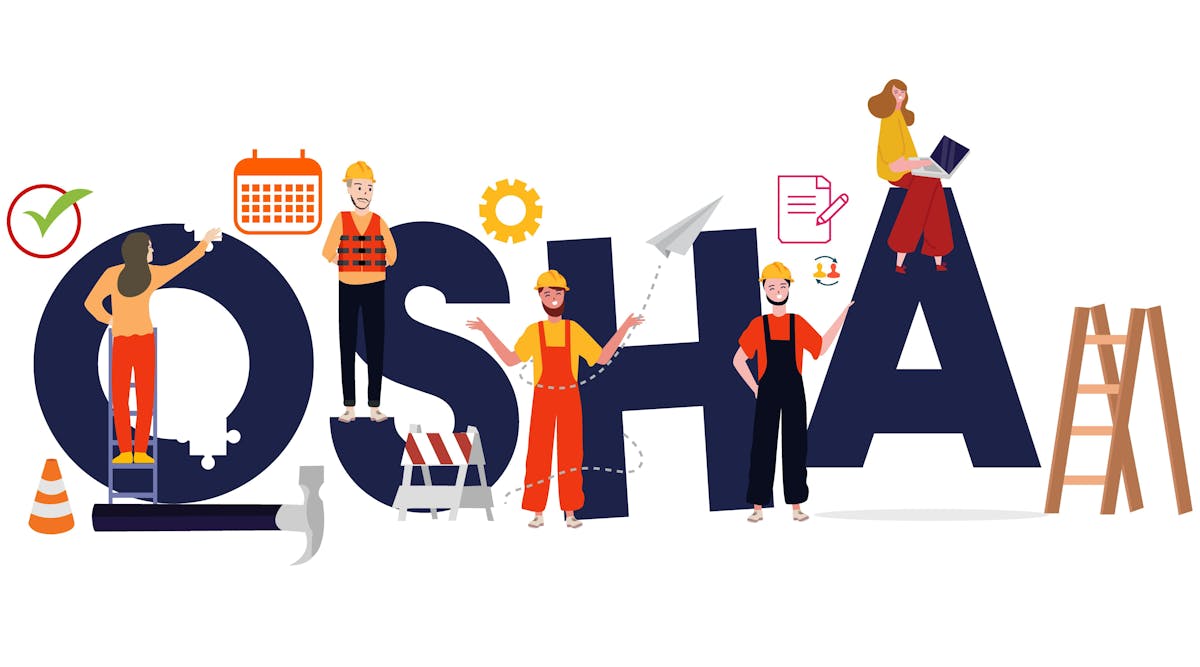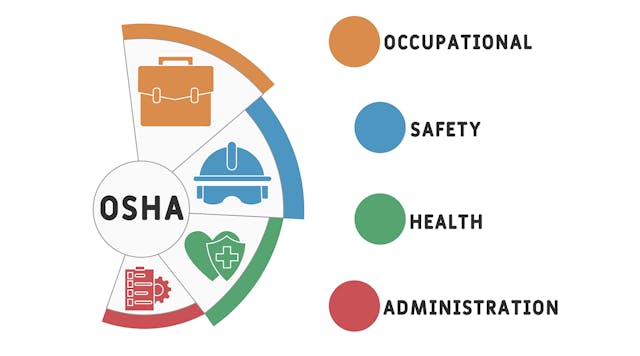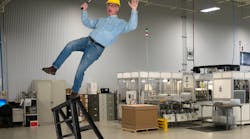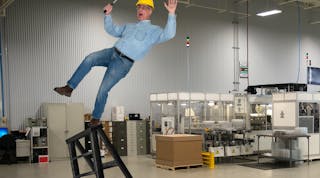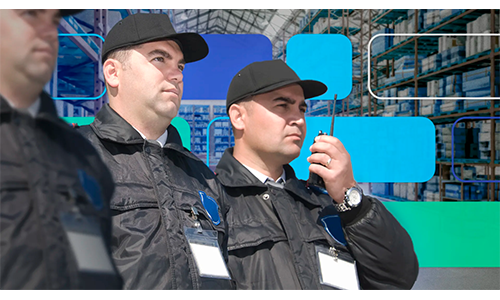In a recent hearing conservation audit I attended, the safety manager described the plant's policy to ensure adequate protection from hazardous noise by saying, "We want to make sure our workers are protected in noise, so we require dual protection for every worker." While the intent is commendable, the outcome typically falls short of the desired goal of safeguarding the workers' hearing.
When earplugs and an earmuff are worn simultaneously, we call this dual protection or double protection. Dual protection often is the best available method to achieve maximum protection from extreme noise levels. But some safety managers mandate dual protection as a panacea for their noise exposure problems, not realizing the liabilities (and bad assumptions) underlying their mandate. Research suggests dual protection is overused, and in many cases, detrimental in hearing conservation efforts. Here are three reasons why dual protection is not advisable for many noise exposures.
More does not equal better
While working as an oilfield roustabout, I was tasked with steam-cleaning a caustic wellhead area. My foreman dutifully outfitted me for the task with multiple layers of protective clothing and eyewear. In addition to my prescription glasses with side shields, I was told to wear goggles and a close-fitting face shield. But as soon as I fired up the steam-cleaner, my multi-levels of eye protection fogged up, and I couldn't see the end of the spray nozzle, much less the area I was supposed to be cleaning.
In a series of research studies designed to find out why workers do not use their earplugs more consistently, the National Institute for Occupational Safety and Health (NIOSH) reported that the predominant reasons are inability to communicate and interference with job performance. The ideal hearing protector should not block all sound (overprotection), but rather reduce hazardous noise levels while still allowing a worker to hear the sounds that are critical to the job.
How will a worker respond if dual protection is blocking critical communication or job performance or is uncomfortable? Most of us simply will cheat – remove the protector for just a few minutes – or compromise the fit by pulling the earplug out just a little bit. The dual protection easily turns into intervals of overprotection interspersed with periods of no protection, a disastrous scenario in terms of hearing protection. In noise exposures, even short intervals of no protection can cancel out long intervals of adequate protection.
Attenuation not cumulative
Although not an intuitive fact, attenuation (noise-blocking characteristics) from two hearing protectors used simultaneously is not cumulative. One simply cannot add the noise reduction rating (NRR) of the earplug to the rating of the earmuff. There is a ceiling effect that limits the amount of combined protection. Even if wearing a perfectly fitted earplug and earmuff with ideal attenuation, we still would hear high-intensity sound transmitted through our bodies and bones to the inner ear. For most people, these bone-conduction pathways limit the maximum amount of attenuation obtainable at the ear to 35-50 dB, depending on the frequency of the sound.
To estimate the amount of protection while wearing earplugs and earmuffs, OSHA recommends adding 5 dB to the higher NRR (usually the earplug), and this rule of thumb can vary from 3-7 dB, depending on the protector. Note that it is not necessary to use the highest-rated earmuff to achieve maximum attenuation from dual protection. In fact, as long as the earplug is fit properly, it makes very little difference which earmuff is used, so long as it provides reasonable attenuation in the low frequencies. An earmuff with moderate attenuation, for example, has the same effect as a high-attenuation earmuff when either is worn over a well-fitted earplug.
De-rating not advisable
Sometimes, well-intentioned safety managers believe they are obligated to require double protection, after they apply various de-rating schemes to the published NRR of a hearing protector. They assume that by de-rating the NRR, the real-world performance of the hearing protector is predicted more accurately for a given worker. But some of the popular de-rating schemes (taking only 50 percent or 30 percent of the NRR, for example) leave a safety manager with only 7-12 dB of estimated protection, when the NRR suggests over 30 dB of protection. De-ratings have proven to be poor predictors of individual protection, and a safety manager should never de-rate an earplug with the assumption that the lower number is a better estimate of real-world performance on a given worker.
Measuring Protection
The key to obtaining maximum benefit from dual protection is proper fit, especially the fit of the earplug. When a poorly-fitted earplug is worn with an earmuff, the resulting dual protection is little more than the earmuff alone. Individual fit-testing is the best way to ensure the proper fit of an earplug.
Hearing conservation has benefitted greatly the past few years with the introduction of several fit-testing systems for hearing protectors. Most of these systems are non-brand-specific (can test any earplug from any manufacturer). Users of these systems have been among the recipients of the NIOSH Safe-in-Sound Award, a national recognition of companies that achieve hearing loss prevention in the workplace.
Why is fit-testing a better alternative to dual protection? Many users find that when the fit of an earplug actually is measured, there is no need for dual protection: the earplug alone provides adequate measurable protection, without the liabilities of missed communication, discomfort and isolation brought on by dual protection. One of the Safe-In-Sound award recipients, Shaw Industries, reported a significant number of workers no longer were required to wear dual protection when their fit-test results showed more than ample protection with good earplug fit alone.
In some settings of extreme noise levels (continuous noise of 110 dB or higher, for example), dual protection is the only option to ensure safe noise exposure. In addition to 30-35 dB from a well-fit earplug, the addition of an earmuff often can increase total protection levels a few more decibels – up to 40 dB. In these settings, proper fit of the earplug (documented through fit-testing) is critical to optimizing the benefits of dual protection.
Brad Witt, MA, CCC-A, is the director of hearing conservation for Honeywell Industrial Safety. He holds a B.S. in communication disorders from Brigham Young University, and an M.A. in audiology from Northwestern University. For 14 years, he managed a hearing conservation practice in California, providing OSHA-standard services at 175 locations. He has served as president of the National Hearing Conservation Association and has presented more than 250 hearing conservation seminars on behalf of Honeywell Industrial Safety during the past eight years in 18 countries. Contact him at [email protected].

















































